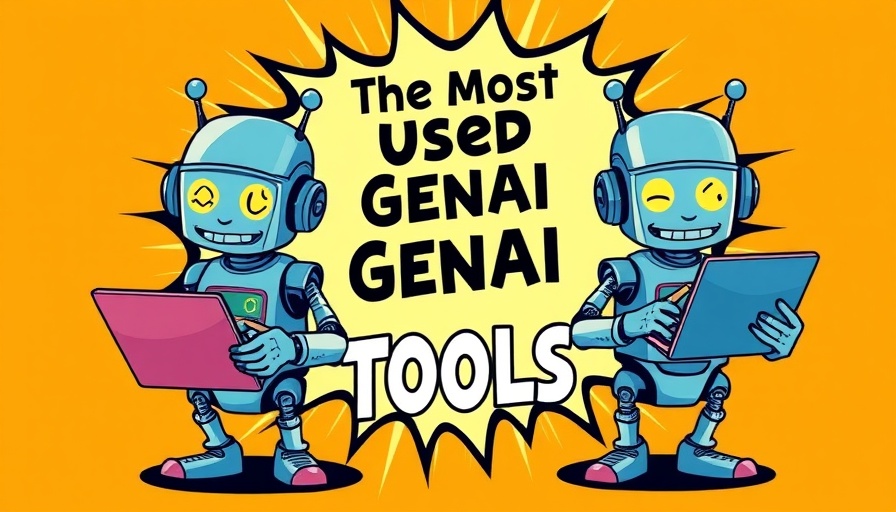
Rethinking Productivity: Are AI Tools Bringing Developers Down?
The recent study sparked intense discussions about the effectiveness of AI coding tools, posing a provocative question: Are developers actually more productive with AI? This debate stems from findings indicating that AI-assisted developers were 19% less productive than their traditional coding counterparts, challenging conventional wisdom about the benefits of integrating AI into the software development process.
In the video ‘Does AI Secretly Slow Developers Down?’, the discussion dives into the surprising findings of a recent study on the productivity of AI tools in coding, leading us to analyze its implications further.
The Study's Findings: Understanding the Context
In this research conducted by a nonprofit AI firm, sixteen developers participated in several coding tasks, under the presumption that AI would enhance their productivity. Initially, developers believed using AI would decrease their coding time by 24%, but post-study reflections indicated a belief they had improved by 20%. The reality was a different story, revealing a slowdown in performance.
The study uncovered a significant disparity among the complexity of tasks. For simpler, quicker tasks (lasting under an hour), the productivity levels were relatively stable, whether using AI or not. However, when delving into moderately complex tasks (between one and six hours), the AI assistance proved less beneficial, actually hindering progress.
Coding Time Distribution: What Happens During AI Assistance?
Researchers employed screen recordings to analyze how developers allocated their time while coding with AI. A notable consequence of AI integration revealed that developers spent less time actively coding and debugging, predominantly due to increased periods of idle or overhead time. Developers reported spending more time waiting for AI prompts, which often led to distractions.
Complexity of Tasks: Is AI by Your Side or Standing in Your Way?
The discussion around coding complexity raises an essential point: not all coding environments benefit evenly from AI tools. According to the study, developers who worked on larger, more complex repositories often faced limitations with AI tools due to context window constraints. Thus, while AI can enhance productivity, its effectiveness may depend significantly on the task complexity.
Experience Level: The Learning Curve of AI Tools
A significant argument raised during the study analysis focused on the participants' familiarity with AI tools. Most developers had limited experience using advanced AI coding assistants, creating a knowledge gap that potentially skewed their productivity results. As noted by prominent voices in the tech community, mastering AI coding tools may involve a steep learning curve, meaning that inexperienced users are likely to encounter initial hurdles before reaping the benefits of these technologies.
The Media Amplification: Understanding the Broad Implications
Despite the study's nuanced conclusions, media headlines suggesting that AI slowed developers have triggered alarm among investors and tech companies eager to adopt AI. Leaders in the AI community warn against oversimplifying the findings, emphasizing the need for further research that includes a diverse range of developers with varying levels of AI proficiency.
Adapting Business Strategies: The Importance of Training
For businesses, the implications of this study are crucial. Acknowledging that integrating AI tools is not just a productivity hack, but a shift in work processes, is essential. Companies must prioritize developing comprehensive training programs that acknowledge the learning curve associated with AI tools to optimize their capabilities.
Actionable Insights: Getting Started with AI
The journey toward effective AI utilization in coding requires more than a simple switch. To truly unlock the potential of AI, businesses should focus on fostering an environment that encourages gradual mastery over these technologies and reevaluates productivity metrics.
Coding with AI tools is not merely expedited coding—it involves rethinking workflows, expected outcomes, and how productivity is measured in a digital workspace. Companies eager to adopt these tools should start implementing AI solutions now, armed with the insights gained from this study.
 Add Row
Add Row  Add
Add 




Write A Comment